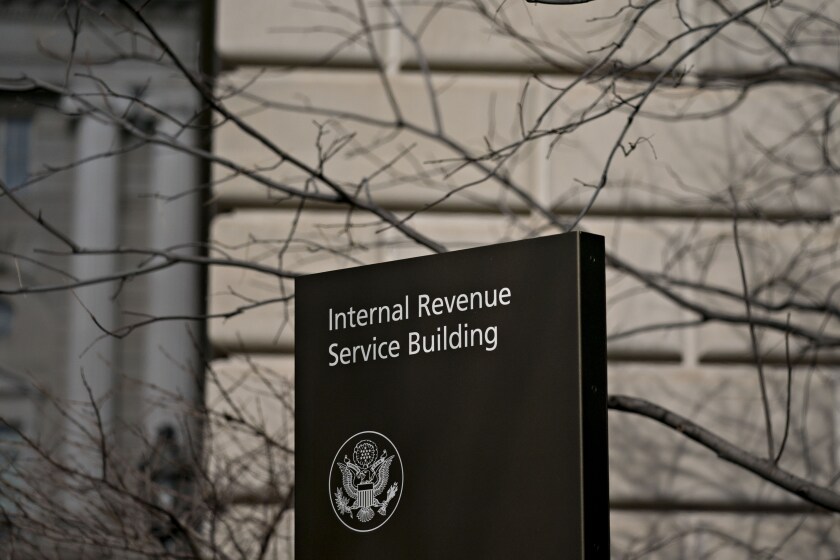The coronavirus pandemic and accompanying economic upheaval could have lasting and ugly effects on Social Security benefits for millions of Americans, according to a new report.
Falling wages “can have significant implications for the Social Security benefits of those currently nearing retirement,” Alicia Munnell, the director of the Center for Retirement Research at Boston College, wrote in an April 28 study of the Social Security and Medicare Boards of Trustees’ latest annual report. The pandemic casts an uncertain shadow over this year’s data.
“To the extent that COVID-19 results in a decline in average earnings in 2020, those born in 1960 (who turn 60 in 2020) could see a permanent cut in their benefits,” Munnell said. It won’t be possible to know by how much until there are updates in the average wage index next year.
Since the trustees compiled the report before the coronavirus began spreading in the U.S., it includes a projection that the average wage metric will rise by 7% in the next two years. Still, the 2019 repeal of Obamacare’s tax on so-called Cadillac healthcare plans, economic modeling and demographics pushed up the program’s 75-year deficit by 43 basis points to 3.21% of payrolls.
Employee Benefit News' March/April issue explores how workplaces are navigating pandemic challenges and making plans to return to the office.
The Internal Revenue Service released information on how employees now have until the end of the year to repay any payroll taxes they deferred from last year.
CPA firms will be in a great position to help their small business clients with the latest round of the Paycheck Protection Program, according to Barry Melancon.
“Lawmakers should address these financial challenges as soon as possible,” the trustees said in a statement. “Taking action sooner rather than later will permit consideration of a broader range of solutions and provide more time to phase in changes so that the public has adequate time to prepare.”
The program could still be fully solvent through 2094 with payroll tax increases of 3.1 percentage points in 2020, or 4.1 when it’s projected to become insolvent in 2035, according to the nonpartisan Committee for a Responsible Federal Budget. A benefits cut of 19% this year or 25% in 15 years would have the same effect.
“Incorporating the economic and health consequences of the COVID-19 pandemic will likely lower payroll tax revenue, increase disability claims, accelerate collection of early retirement benefits, and reduce the interest accumulating on trust fund reserves,” according to the committee’s report. The factors “will almost certainly” speed up the insolvency, the report adds.
However, the combined Social Security trust funds would be able to pay 79% of currently legislated benefits in 2035 without any actions. In fact, simply increasing payroll taxes by 1.6 percentage points on employees and employers would solve the “manageable financing shortfall” in the program, Munnell of the Center for Retirement Research notes.
Regardless of the extent of the economic damage from the coronavirus, policymakers can take actions to protect benefits. For example, they could use first-quarter payrolls in their formula or provide ad hoc wage growth for 60-year-olds, among other measures. If there’s no cost-of-living adjustment in 2020, a loan to the Medicare Part B Trust Fund could help avoid premium hikes.
“Once again, the problem can be solved, but the impact of COVID-19 on Social Security is multifaceted,” Munnel wrote. “As soon as we get the immediate issue of the pandemic off our plate, it would be a good idea to take steps to ensure that people retiring in the mid-2030s and later do not see a 20% to 25% cut in benefits.”







